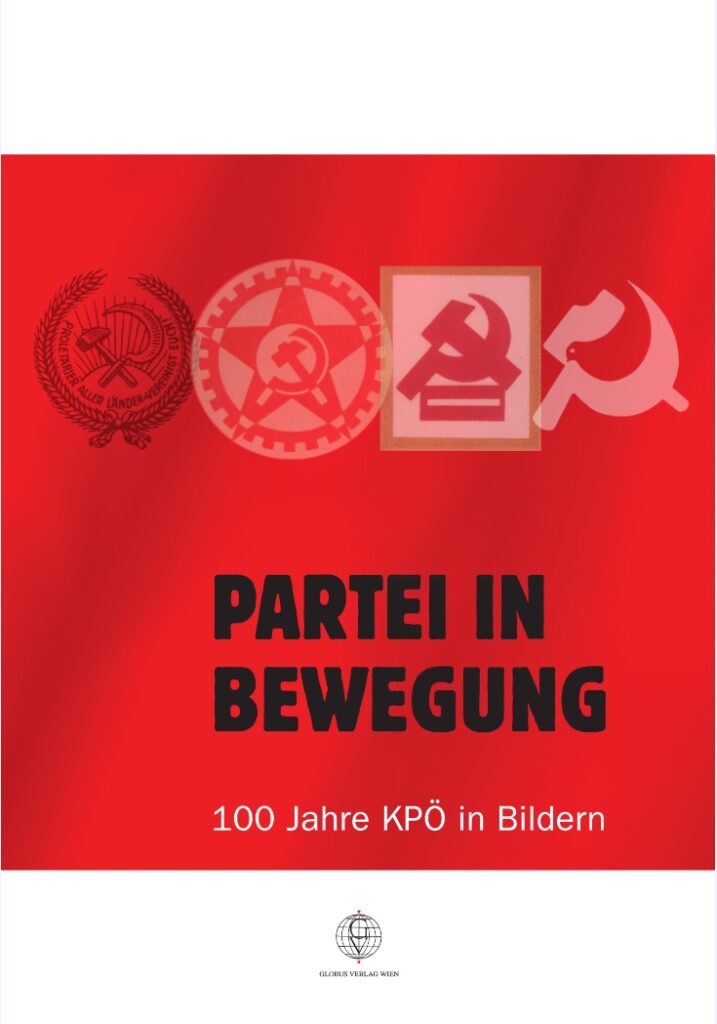On 3rd November 1918, the Communist Party of Austria (KPÖ) was founded in Vienna. To mark this occasion, transform! europe is publishing an illustrated book in Vienna which documents the KPÖ’s development throughout the 20th century.
Studying the history of the radical left – the political parties that established themselves as independent parties to the left of the social democratic party at the end of WWI – remains a focal point of transform! europe’s academic work.
Amidst the other parties, the KPÖ represents an interesting example for various reasons. It was one of the first parties to be established at the end of WWI as a consequence of the October Revolution. Its precursors were part of the “Zimmerwald Left”, which included the socialist anti-militarist parties. The specific historic conditions caused the KPÖ to initiate the foundation of the Communist International, which was later joined by all European communist parties.
In 1934, a workers’ uprising took place which was supported by the communists and gained historical significance as the first armed act of resistance against the seizure of power by a fascist dictatorship in Europe. Following their defeat, more than 1,400 Austrians, mostly communists, joined the international brigades against the fascist coup plotters in Spain.
Austrian communists participated in the European fight against National Socialism as active members of resistance movements in France and Belgium, and the Yugoslav People’s Liberation Army, as well as in the Soviet, British and American forces. They were part of international resistance organisations in concentration camps and numerous countries. This is what this book lies testimony to.
Also from an ideological point of view, the KPÖ’s development is of European importance. In the second half of the 1960s, an ideological movement developed within the party which anticipated Eurocommunist matters and motives. This experiment was abandoned in 1969, partly as a result of the influence of political parties governing in Eastern Europe. However, it established a starting point for the debates on the party’s regeneration that were held in the aftermath of the breakdown of the communist governments.
It is due to this important historical role that the KPÖ became a founding party of the European Left in 2004 and remains an active member of its main committees.
This illustrated book will be the first publication in a series of similar releases by transform! europe to commemorate specific occasions.
Manfred Mugrauer (Hg.): Partei in Bewegung. 100 Jahre KPÖ in Bildern
Wien: Globus-Verlag 2018
448 S., mit ca. 2.300 Abbildungen, 39,90 Euro
Available in bookshops and at the federal board of the KPÖ (bundesvorstand@kpoe.at)
